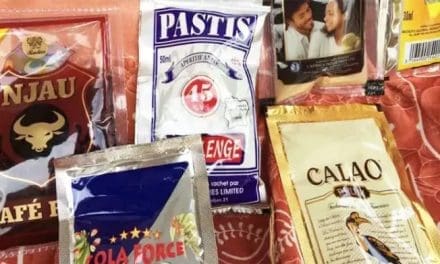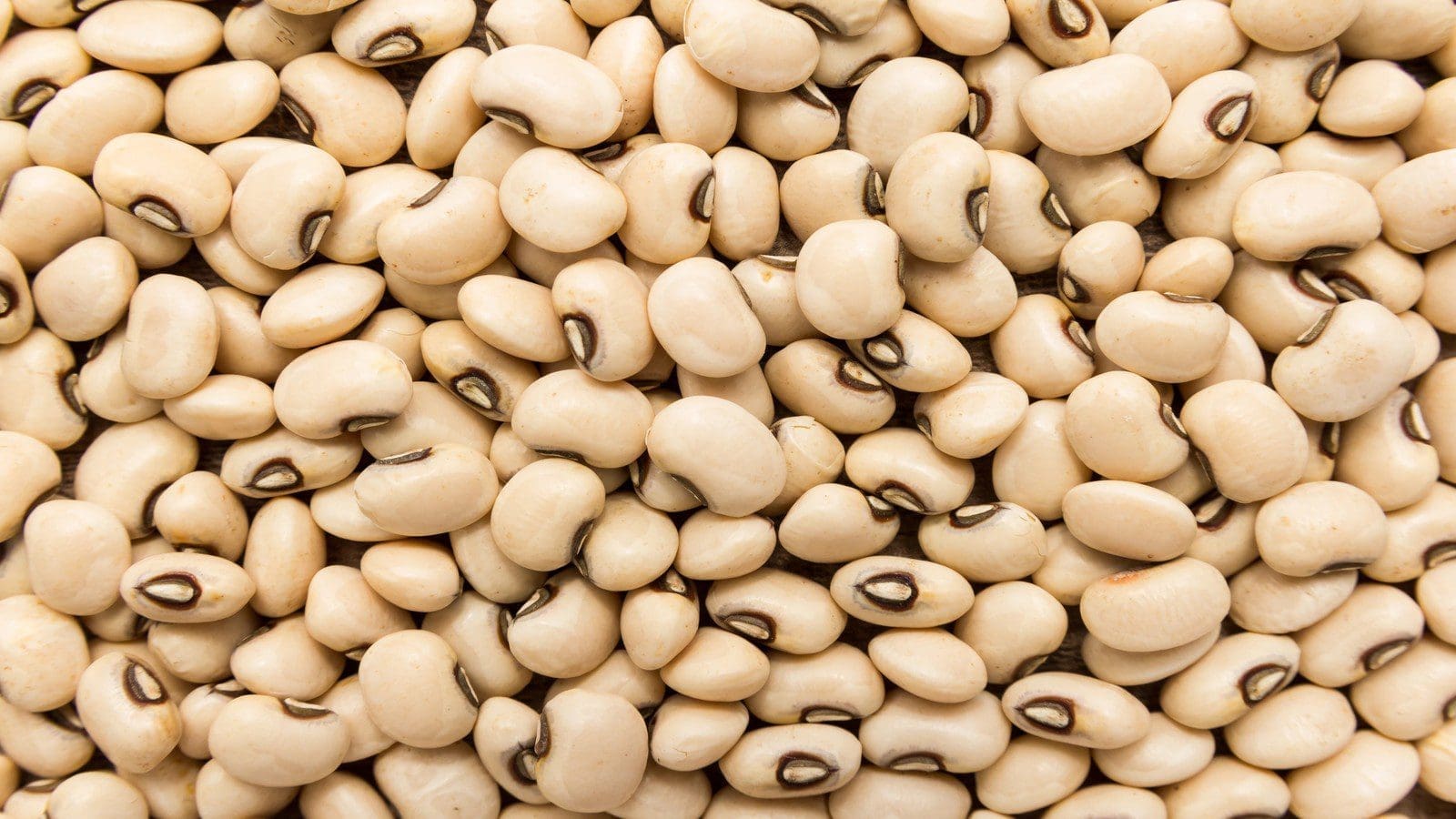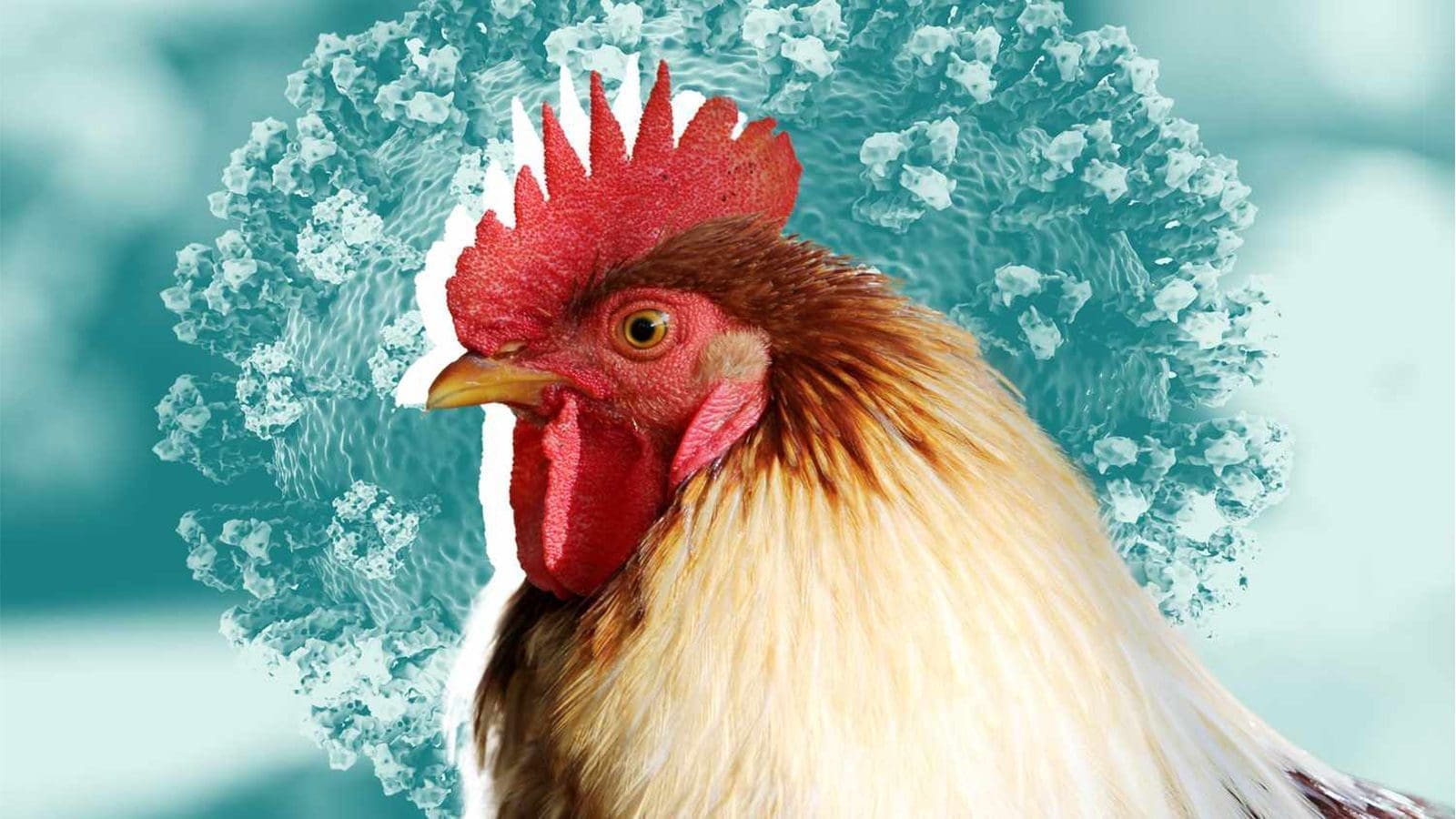GLOBAL – The Codex Alimentarius Committee on Food Hygiene (CCFH) has published a revised proposed draft guidance on the management of foodborne illness outbreaks linked to microbiological hazards whose work began in November 2017 at the 49th Session of CCFH.
The draft guidance, modified in response to stakeholder feedback, is meant to provide advice to food safety authorities on how to prepare for and handle outbreaks of foodborne illness with microbial origin.
It outlines how to communicate with international networks like the International Food Safety Authorities Network (INFOSAN) and, if necessary, notify the World Health Organization (WHO) per the International Health Regulations (IHR).
For the networks to be effective, the draft notes that it is essential that the participants know whom to contact, such as the contact details for the competent authorities, have familiarity with the system and structures, and use them regularly, even in the absence of a foodborne outbreak.
It is recommended that participants meet or hold audio/video conferences regularly to exchange experiences and best practices, evaluate the management of past outbreaks, and identify lessons learned.
In order to reduce the scope of outbreaks as much as feasible, the guidance discusses event preparedness, detection, and reaction.
During an outbreak investigation, the guidance makes recommendations on how new analytical technologies, such as genetic typing techniques (such as whole genome sequencing [WGS], multiple-locus variable number of tandem repeat analysis [MLVA], and multi-locus sequence typing [MLST]), should be used.
WGS typing makes it possible to determine when isolates are highly related, and thereby enhances the ability to identify the source of an outbreak with a high degree of accuracy when used in conjunction with epidemiological data.
The method can also be used to identify genetic differences, virulence factors, and antimicrobial resistance mechanisms.
The implementation and use of WGS and the analysis of the WGS results require additional resources and capacity compared to other methods.
The guidance also discusses the responsibilities of local, national, and international food safety authorities as well as how they cooperate in formal network structures.
Multisectoral communication
There are recommendations on how to work together and communicate with owners of food businesses and other stakeholders before, during, and after outbreaks of foodborne illness, as well as during post-outbreak activities and outbreak management assessments.
The information exchange should include where possible new signals from these sectors and follow-up on ongoing outbreaks, the use of preferably harmonized and standardized laboratory methods to allow comparability and sharing of laboratory data among human health, food control, and veterinary sectors.
It should also include tools for sharing surveillance data and epidemiological information such as databases or data-sharing sites, and tools for comparing and presenting data, such as a phylogenetic tree, (a branching diagram or “tree” showing the evolutionary relationships of the physical or genetic characteristics of the foodborne pathogen isolates at hand).
In addition, there should be an exchange of epidemiological data to evaluate the relevance of the source and to carry out trace-back investigations.
The maintenance of structures and techniques for network response reinforcement are also covered.
The current draft guidance makes references to a number of previously published Codex publications that deal with information exchange, risk analysis, microbiological risk assessment, and microbiological risk management.
According to the draft, in foodborne outbreaks involving zoonotic agents, the World Organization for Animal Health (OIE) standards for the prevention, detection, and control of zoonotic agents at the primary production stages should also be considered.
For all the latest food safety news from Africa and the World, subscribe to our NEWSLETTER, follow us on Twitter and LinkedIn, like us on Facebook and subscribe to our YouTube channel.








